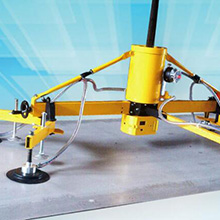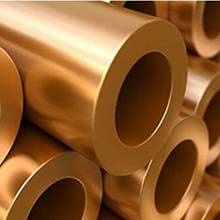Vacuum pump used in vacuum metallurgy
Vacuum metallurgy is a metallurgical operation under the condition of lower than standard atmospheric pressure. It can realize metallurgical processes that cannot be carried out in the atmosphere, prevent metal oxidation, separate substances with different boiling points, remove gases or impurities in metals, enhance the ability of deoxidizing carbon in metals, and improve the quality of metals and alloys. Vacuum metallurgy is generally used for smelting, refining, casting and heat treatment of metals. With the rapid development of cutting-edge science and technology, vacuum metallurgy is increasingly used in the smelting of rare metals, steels and special alloys.
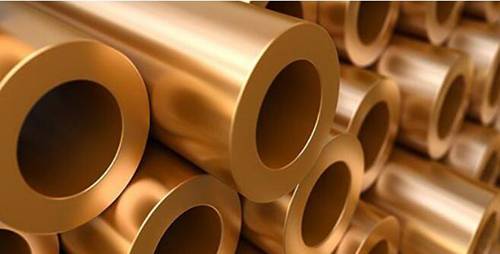
Since the establishment and development of metallurgical industry, people have been exploring various technological methods in order to reduce the influence of atmospheric environment and impurities on the smelting of metal materials, but it has been impossible to solve this problem fundamentally. Until the emergence of vacuum smelting technology, metallurgical technology has a fundamental breakthrough. As early as 1867, the world promulgated the first patent literature on vacuum metallurgy. In 1917, the first vacuum induction furnace was set up to carry out small experimental research.
With the increasing demand for materials and the development of vacuum metallurgy in the 1920s ~1940s, nickel-based alloys were melted by vacuum induction furnace in Germany in 1923.By the 1950s ~1960s, vacuum metallurgy began to be used in the reduction of non-ferrous metals, refining and casting of non-ferrous metals and their alloys, as well as the separation of some metallurgical intermediate products, which became an important field of modern metallurgy and involved all aspects of metallurgy.
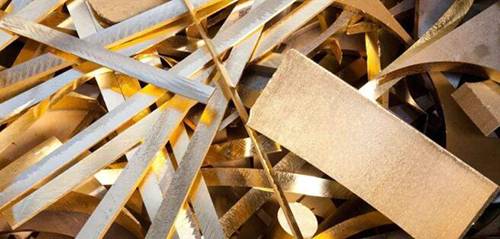
Vacuum metallurgy is a metallurgical method for smelting and processing metals and alloys under or far below normal pressure.
The important effect of vacuum on metallurgical process is to create favorable chemical thermodynamic and kinetic conditions for metallurgical reaction with gaseous products, so that some metallurgical processes which are difficult to carry out at atmospheric pressure can be realized under vacuum conditions; to reduce the solubility of gaseous impurities and volatile impurities in metals and to reduce their content in metals accordingly; to reduce the temperature required for volatilization of metals or impurities and to increase the separation coefficient between metals and impurities (see vacuum refining); to reduce or avoid the action of metals or other reaction agents with air and to avoid the pollution of metals or alloys by gas phase impurities. Vacuum metallurgy is mainly used in vacuum separation, vacuum reduction, vacuum refining, vacuum casting and so on.
Vacuum separation
Mainly used for the separation of metallurgical raw materials and intermediate products. The metallurgical raw materials or intermediate products are heated under vacuum, and the vapor pressure of each component at a certain temperature is used to volatilize and condense some components selectively, so as to achieve the purpose of separating each other. Such as mercury containing about 1% antimony sulfide mercury concentrate, because the vapor pressure of the HgS is four orders of magnitude greater than Sb2S3, the concentrate can be heated to a suitable temperature, selective volatilization HgS, and separated from the Sb2S3.
Vacuum reduction
A method of reducing compounds or ores of metals to produce metals or alloys under vacuum.
The role of vacuum in the process of reduction, in addition to avoiding reducing agent and reduced metal being polluted by air oxidation and nitrogen, is more important for the formation of gaseous products of metallurgical reaction. Vacuum reduction can bring benefits in equipment structure, material, energy consumption and so on.
The role of vacuum in the process of reduction, in addition to avoiding reducing agent and reduced metal being polluted by air oxidation and nitrogen, is more important for the formation of gaseous products of metallurgical reaction. Vacuum reduction can bring benefits in equipment structure, material, energy consumption and so on.
Vacuum melt casting
The methods of casting metal or alloy into chemical composition and physical structure under vacuum conditions in line with customer requirements. Since vacuum casting products contain less harmful impurities, have good crystal structure and have good mechanical properties, they have been used to melt and cast some nickel-based alloys since the 1920s. Since the 1950s, with the development of high temperature vacuum furnace, people can work in higher temperature and vacuum degree conditions, so vacuum casting has been widely used in the casting of high temperature alloy special steel and high melting point rare metals
Vacuum sintering
A method by which metal alloys or compound powders are pressed and sintered into compact metals or products under vacuum and high temperature conditions
In the process of vacuum sintering, degassing can also improve the purity of materials. Vacuum sintering has been used not only to produce high purity and density metal from high melting point rare metal powder, but also to produce cemented carbide and some intermediate products, such as the blank blocks needed for tantalum capacitors.
So how is “vacuum” as the core keyword of vacuum metallurgy achieved?
Here, a vacuum pump&system is needed to achieve vacuum. The vacuum pump provided by Shanghai EVP Vacuum Technology Co., Ltd. can meet your different needs, common vacuum pumps is:
1.SV Rotary vane vacuum pump, the ultimate vacuum is 50-200pa, and the capacity is 8m3/h-300m3/h.
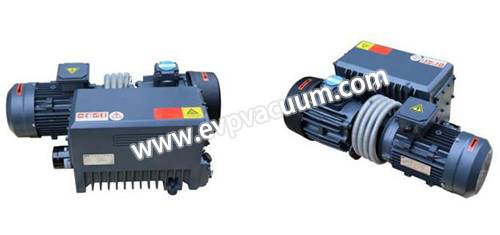
2. H piston vacuum pump, the ultimate vacuum is 1-0.06pa, and the capacity is 54m3/h-1080m3/h
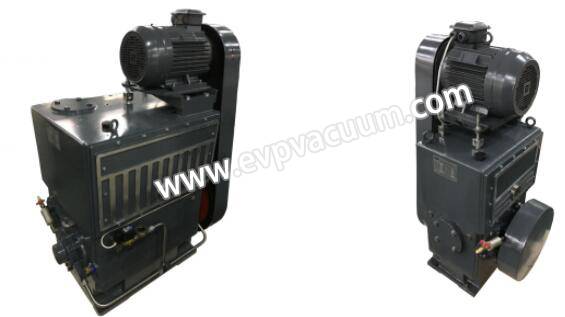
3. ZJP roots vacuum pump, the ultimate vacuum is 0.05pa, and the capacity is 252m3/h-4320m3/h
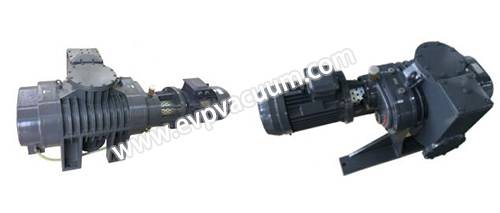
The selection of pump model is also based on the detailed requirements. EVP Vacuum has extensive experience in the vacuum metallurgy, please feel free to communicate any questions.
Edited by: Oliver Pan
Copyright: EVP Vacuum Solutions
(The article comes from the Internet. If reprinting is not allowed, please contact our company to delete it.)

